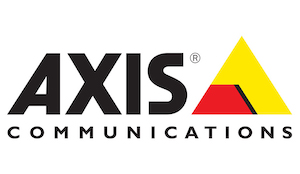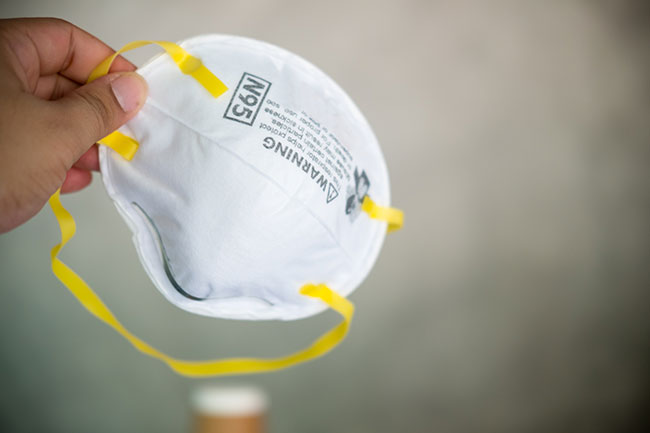
Safeguarding patients, providers and PPE with smart technology
Alanna Fairey
Features Security Resources Health Care axis communications Martin Luther King Jr. Community Hospital (MLKCH) Nemours Children’s Hospital
Sponsored by Axis Communications
 PHOTO: Adobe
PHOTO: Adobe Over the years we have seen a rise in new surgical devices, treatment protocols, and medicine to combat a variety of medical challenges, but there’s another area where innovation is occurring, and that’s in the way clinicians are interacting with their patients.
Today, tele-health visits and virtual patient monitoring have become a part of the healthcare delivery landscape. In this expanded model of patient care, hospitals are able to work smarter with their available resources, better protect the health and safety of patients and staff and conserve the use of personal protection equipment (PPE).
Much of this is accomplished by incorporating traditional security technology into typical clinical tasks:
- Observing the patient bed area and telemetry monitors known as the patient envelope
- Conferencing with patients and families
- Expediting medical response times, especially in case of emergencies
A video camera might be embedded with video and audio analytics to detect signs of patient distress and alert staff. Some facilities are integrating their in-room cameras with telemetry devices monitoring a patient’s vital signs. So instead of relying solely on clinical data, clinicians can see the patient’s physiology in real-time, which might reveal early warning signs of a problem.
Nemours Children’s Hospital has long been a proponent of using technology to improve patient healthcare. When the Orlando, FL hospital opened its doors in 2012 it became one of the first pediatric hospitals to integrate a host of network-based systems that allowed clinicians to continuously monitor patient’s vitals and validate alarms around the clock.
The display boards Nemours used posted information, such as
- Patient vital statistics: heart rate, oxygen saturation, etc.
- Patient healthcare medical records: nine health data points collected through EPIC
- High-risk patient watch: the acuity score of the sickest patients
- Paramedic assignments
- Emergency department traffic: what patients are coming into the hospital
- Real-time census: what’s going on at other hospitals in the area
- Operating room activity
- Transport team activity: graphical mapping of where ambulances are and their estimated time of arrival
Watching monitors is not the same as watching patients but it does provide an additional level of care. Using smart technology in patient rooms was extremely helpful with pediatric patients; a sudden spike in temperature or heart rate might indicate a life-threatening event or it could simply mean the patient is getting agitated while he’s playing a video game.When the COVID-19 pandemic sent the world sideways, Nemours was able to pivot with their network cameras and video management system to create a more touchless way of delivering patient care.
Martin Luther King, Jr. Community Hospital (MLKCH) is another example of what’s possible with smart technology. This community hospital in Los Angeles is the second busiest emergency department in Los Angeles county. Many of its patients suffer from substance abuse, mental health problems, or the physical tolls of being homeless. Adding pandemic patients to the mix just exacerbated the demands on hospital staff and resources.
This hospital recently upgraded their security command centre, integrating their network video cameras with a more advanced video management system from Genetec, to give their security team real-time visibility into alerts as they happened. Interested in learning how MLKCH pushed its security presence out to ensure it was maintaining the proper level of security for their staff, patients, and visitors? Read more about their touchless solution on axis.com/customer-stories
As Nemours and MLKCH have discovered, there are innovative ways to utilize surveillance technology and equipment beyond traditional security. Whether you’ve already implemented virtual patient observation or are now considering it, video and audio technology can act as a force multiplier now and in the future, supporting medical teams asked to do more with fewer resources.
Reach out to our team to discuss your current or upcoming projects in the healthcare / long term health space.
E: ca-insidesales@axis.com
T: 1 800 444 AXIS (2947), option 1
Print this page
Advertisement
- The Importance of Flexible and Adaptable Software — Now More Than Ever
- AppArmor Functions in the New Normal
Leave a Reply